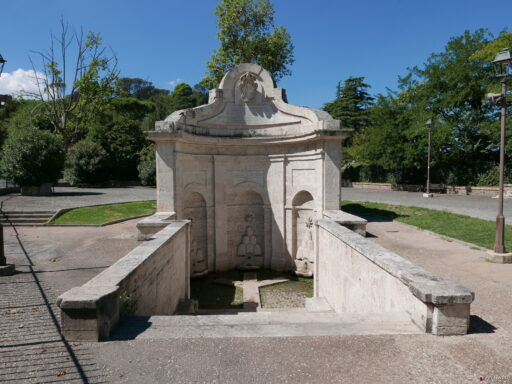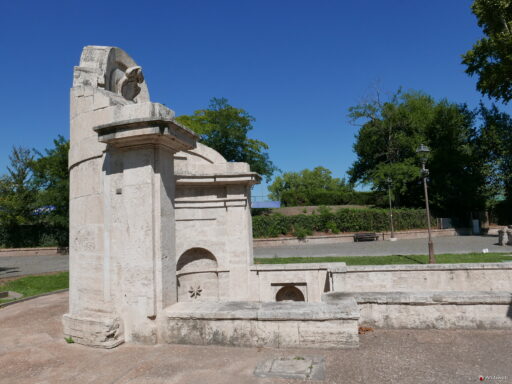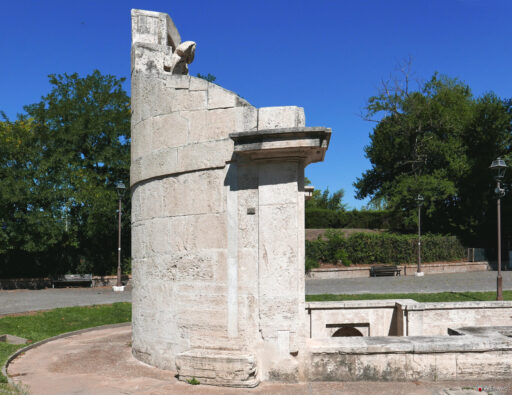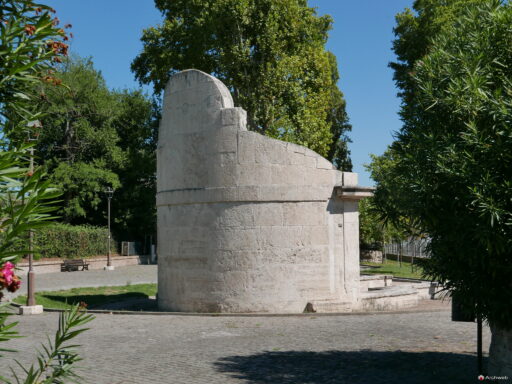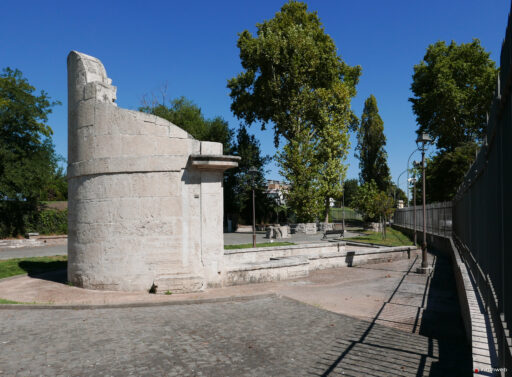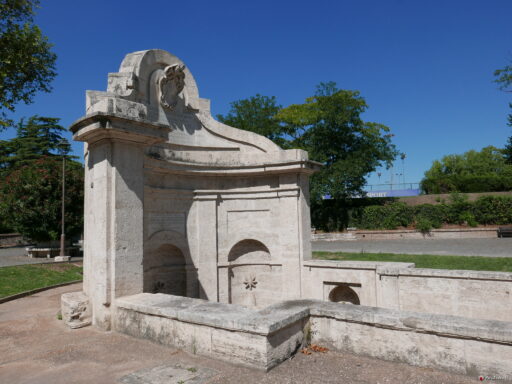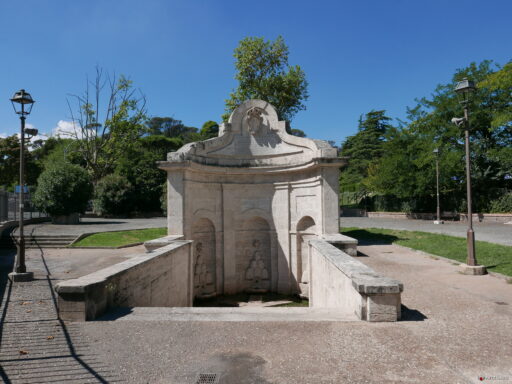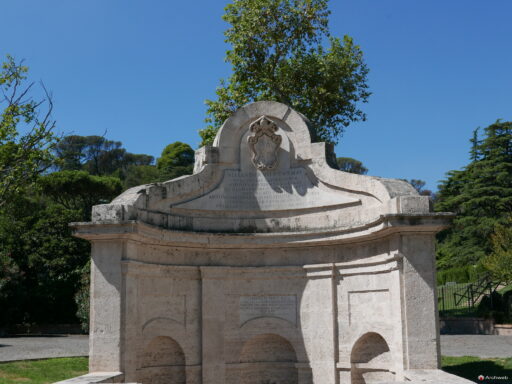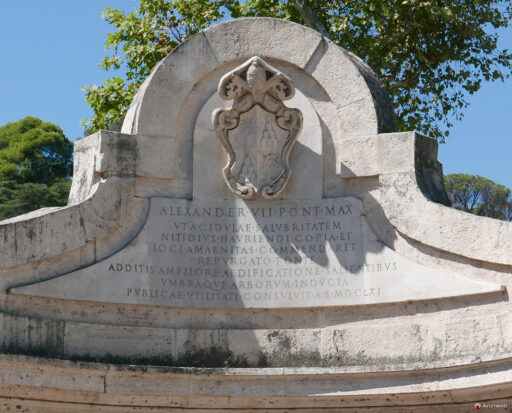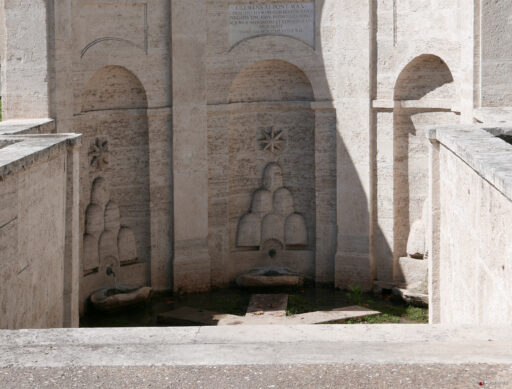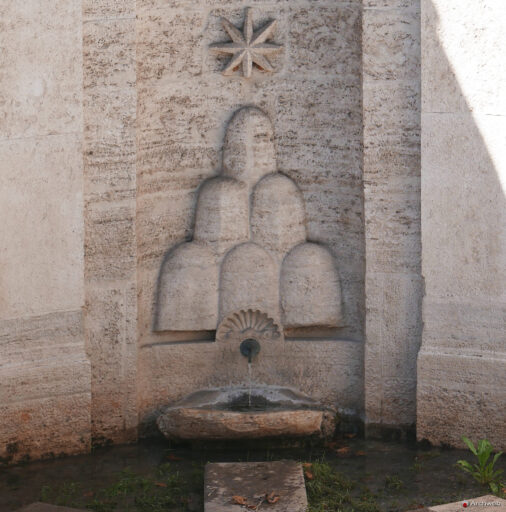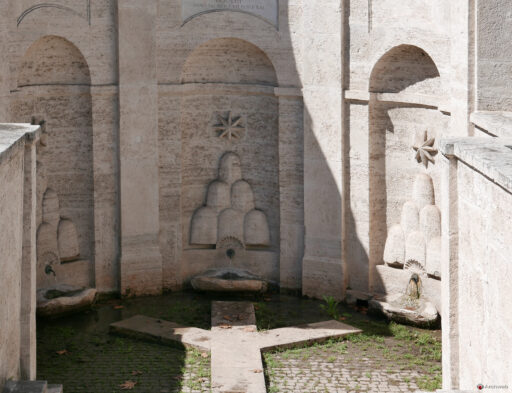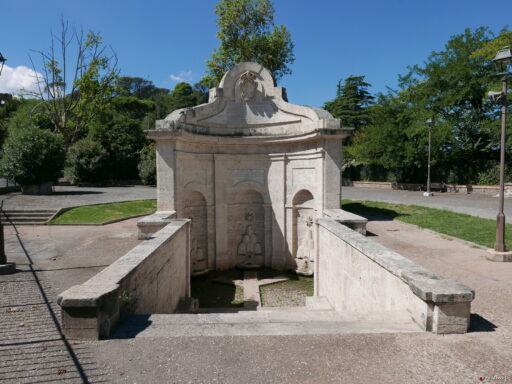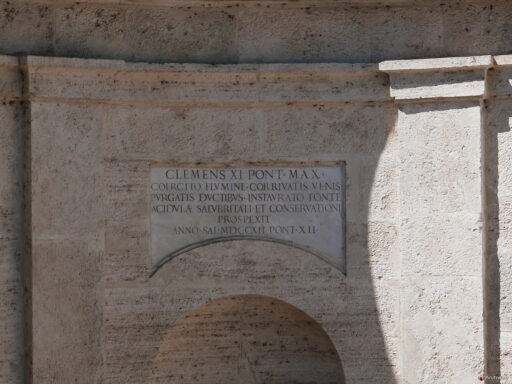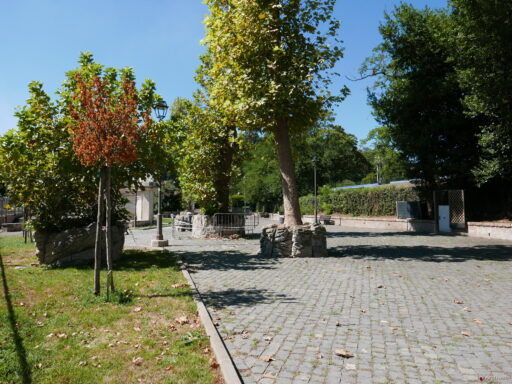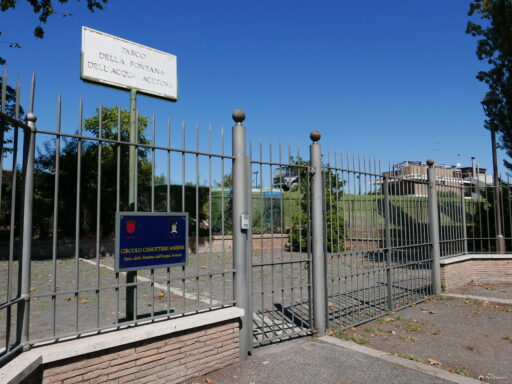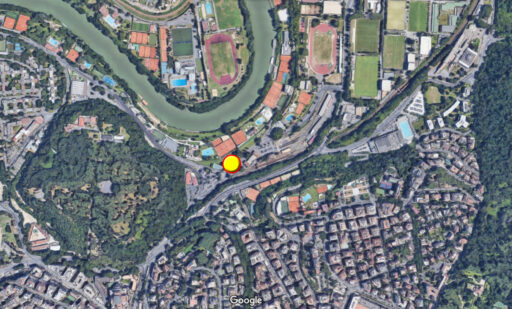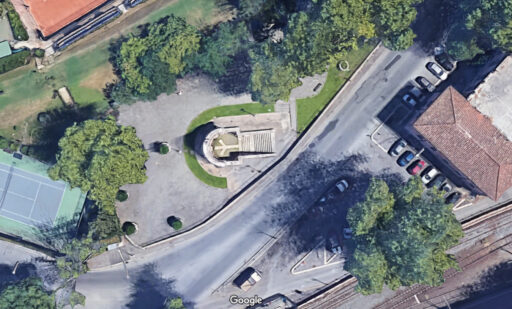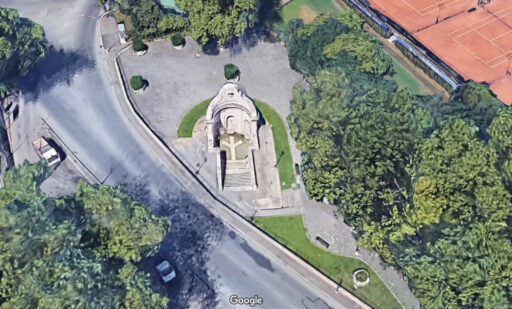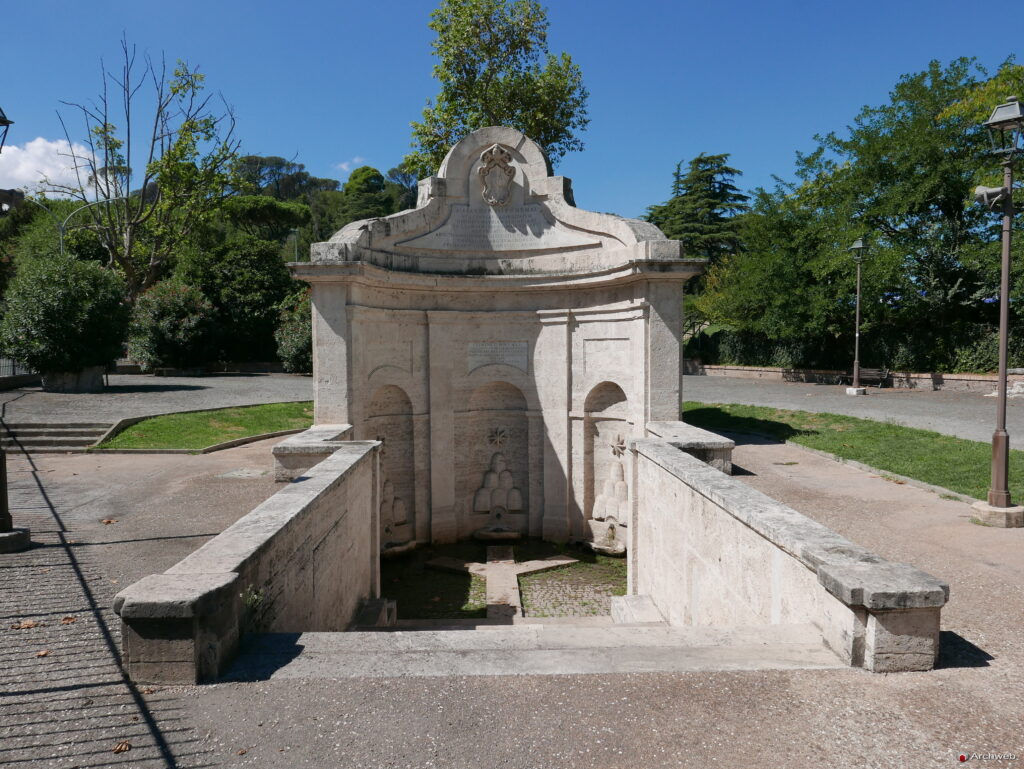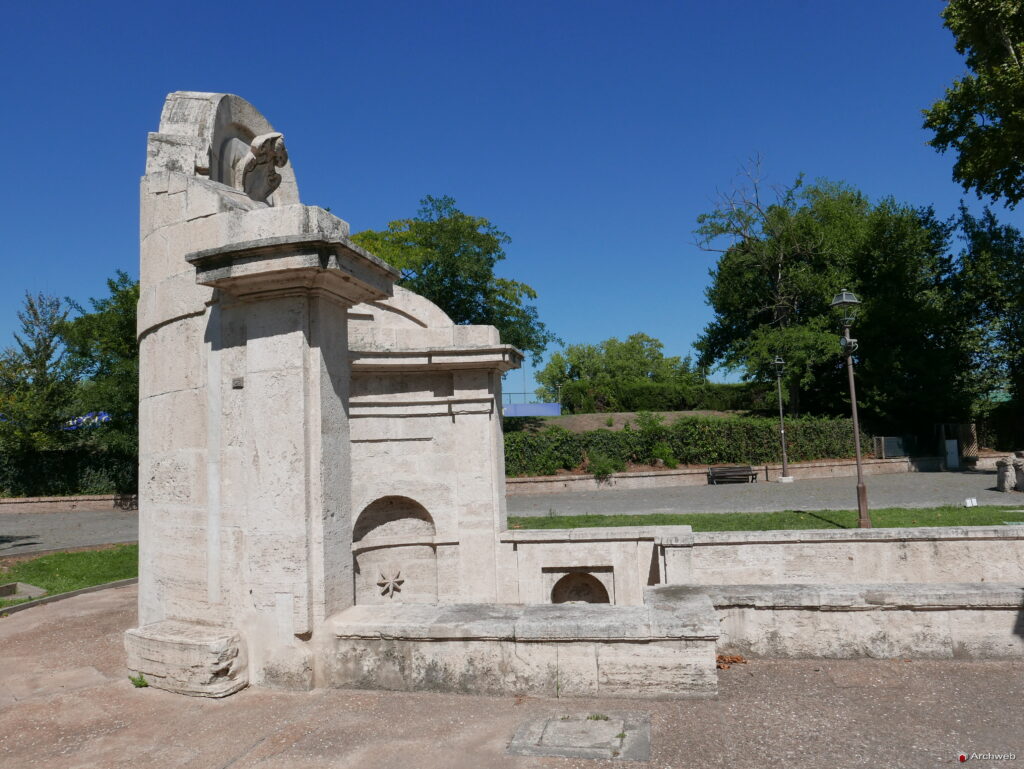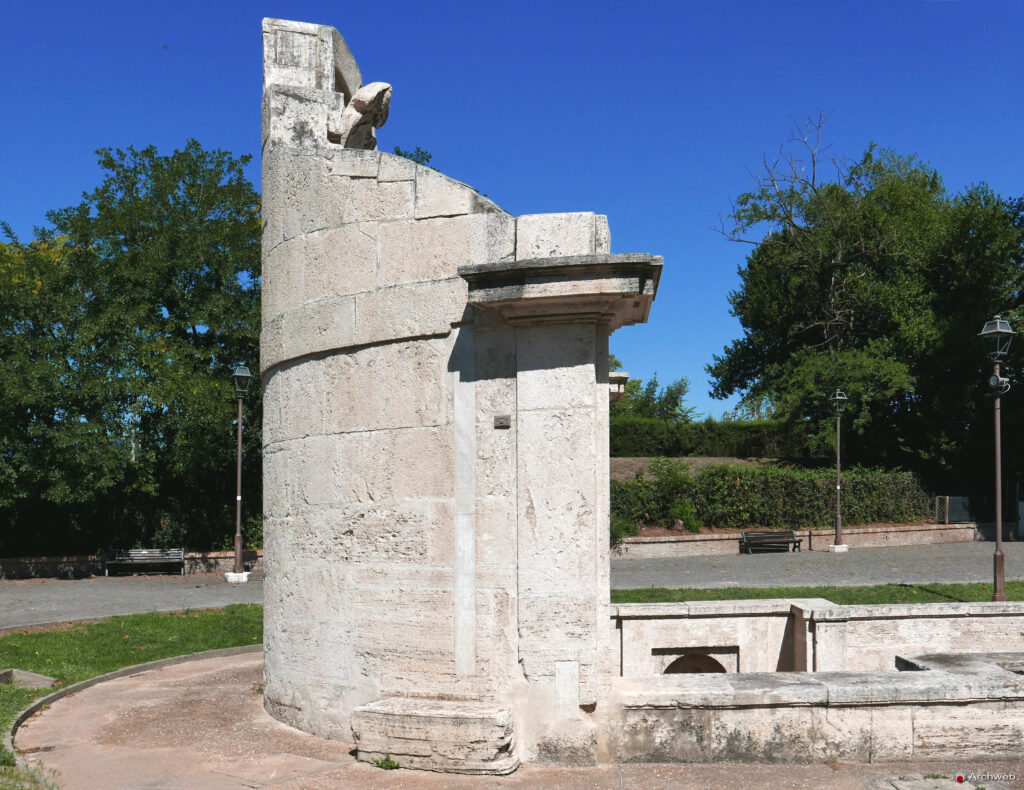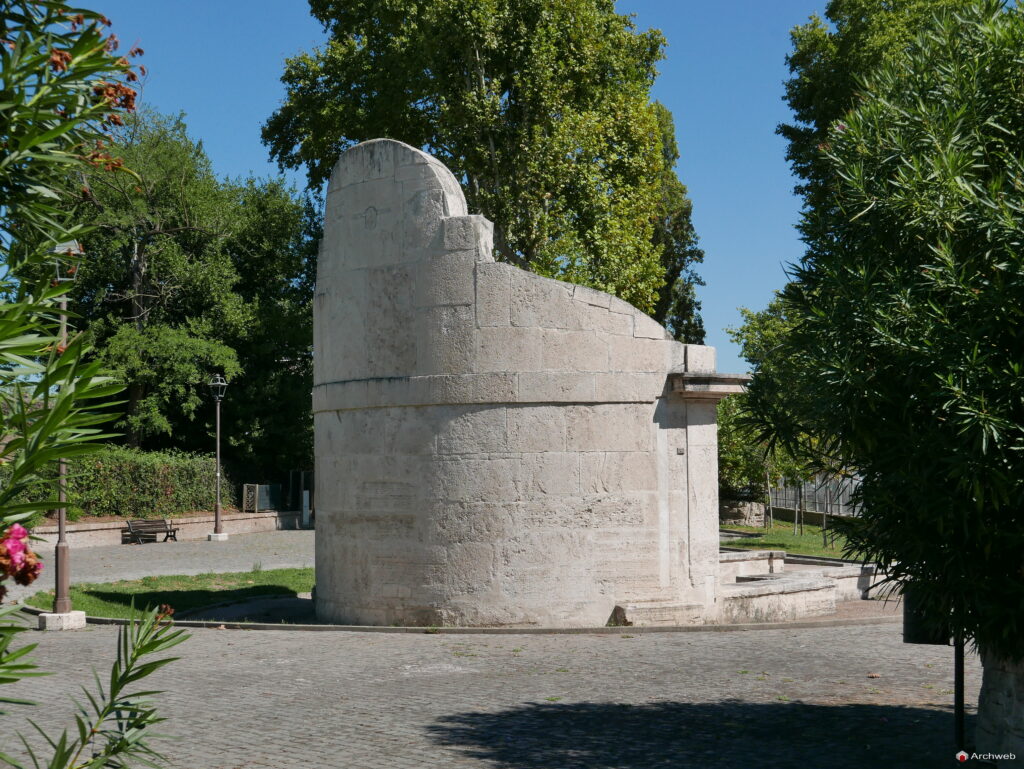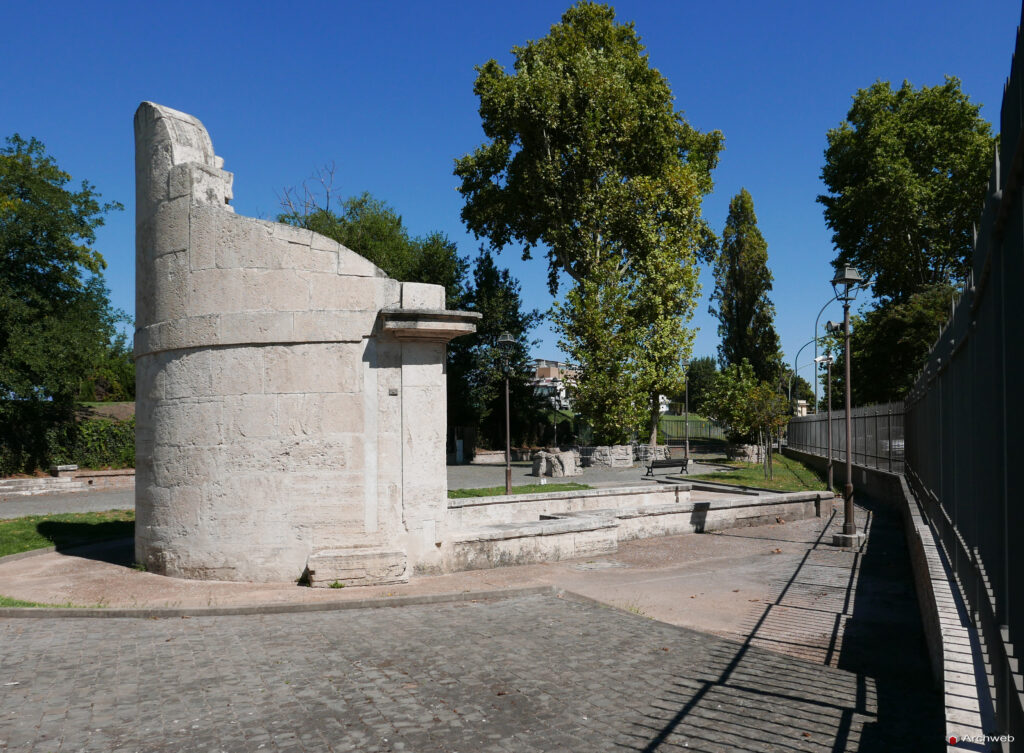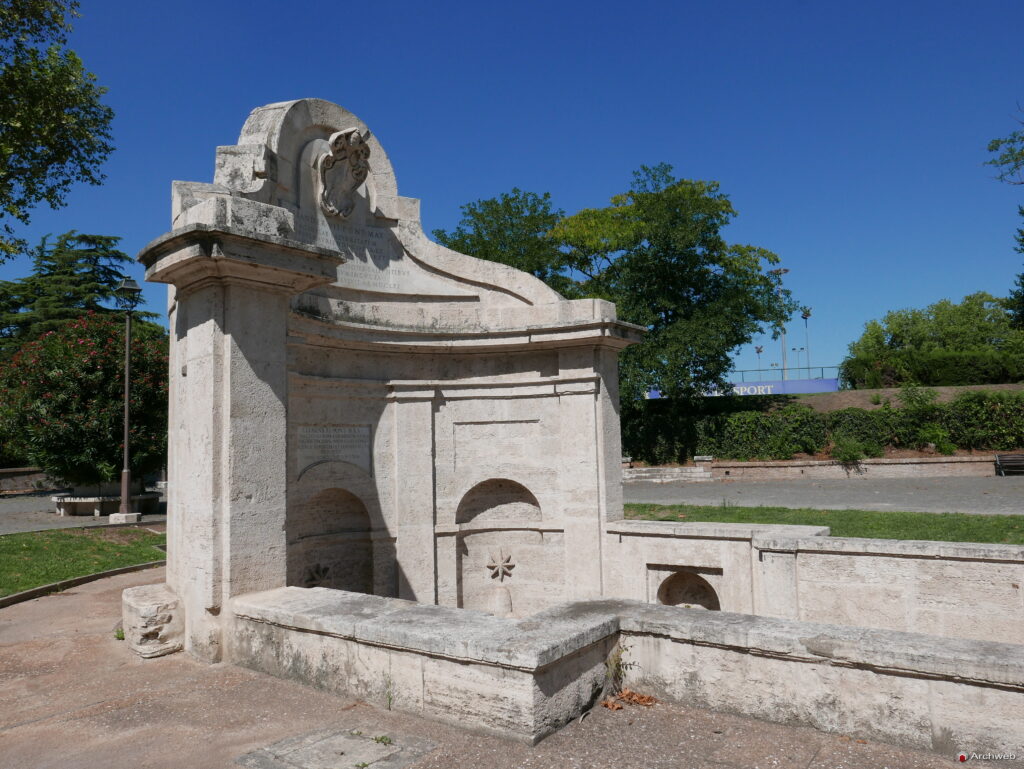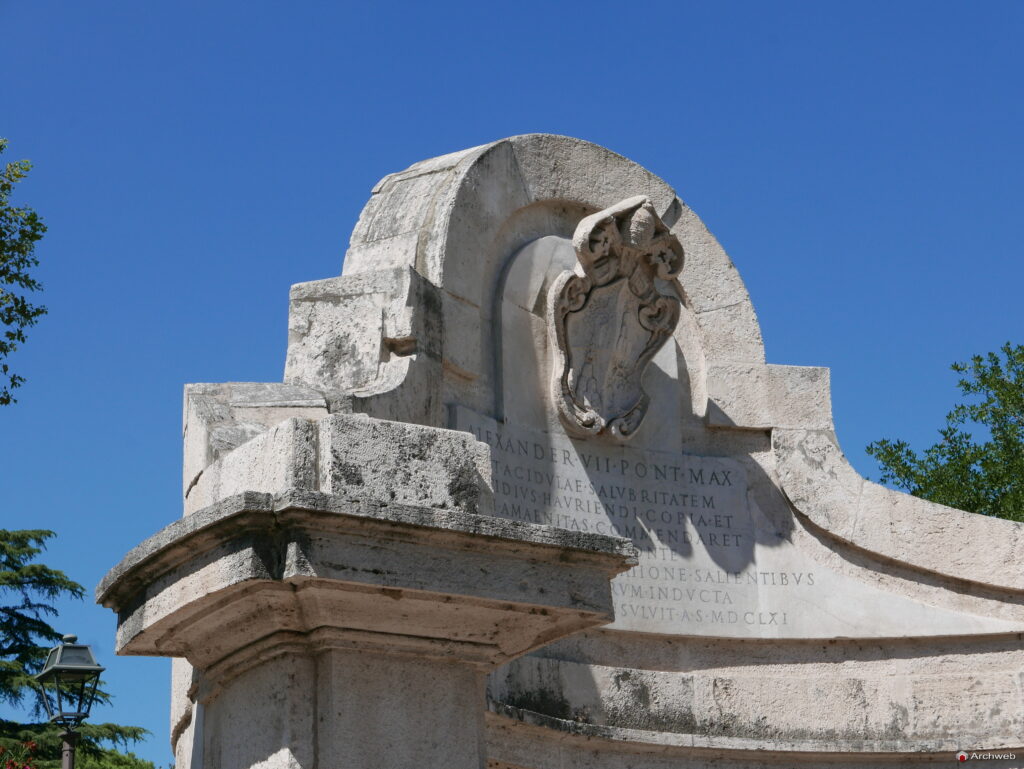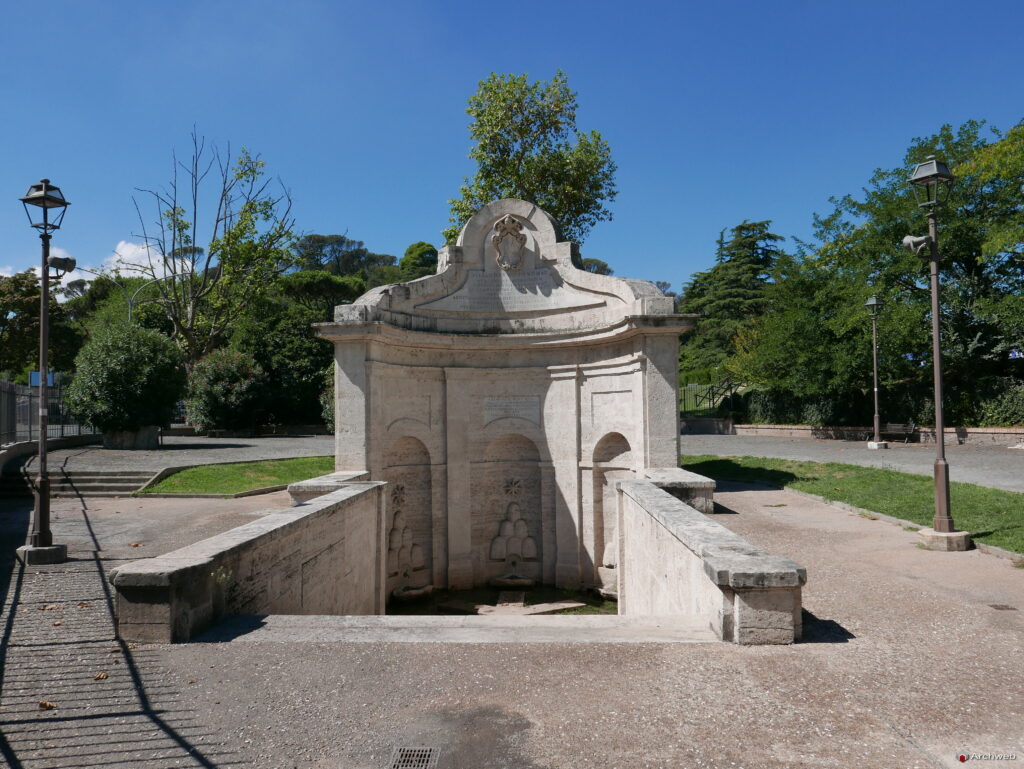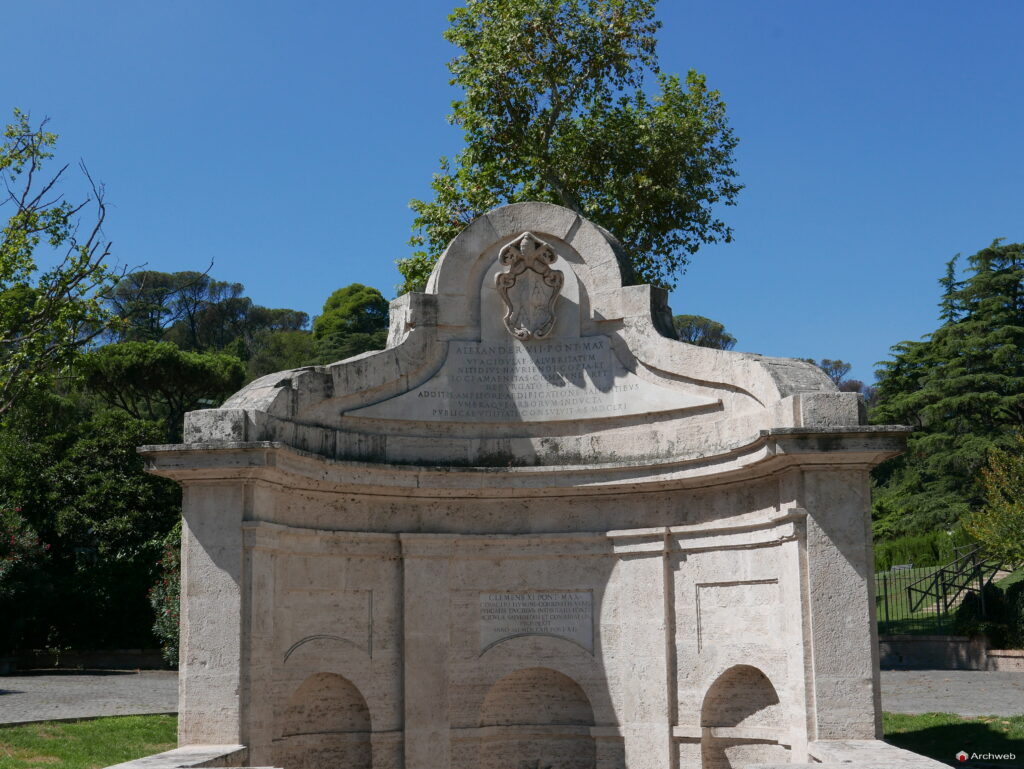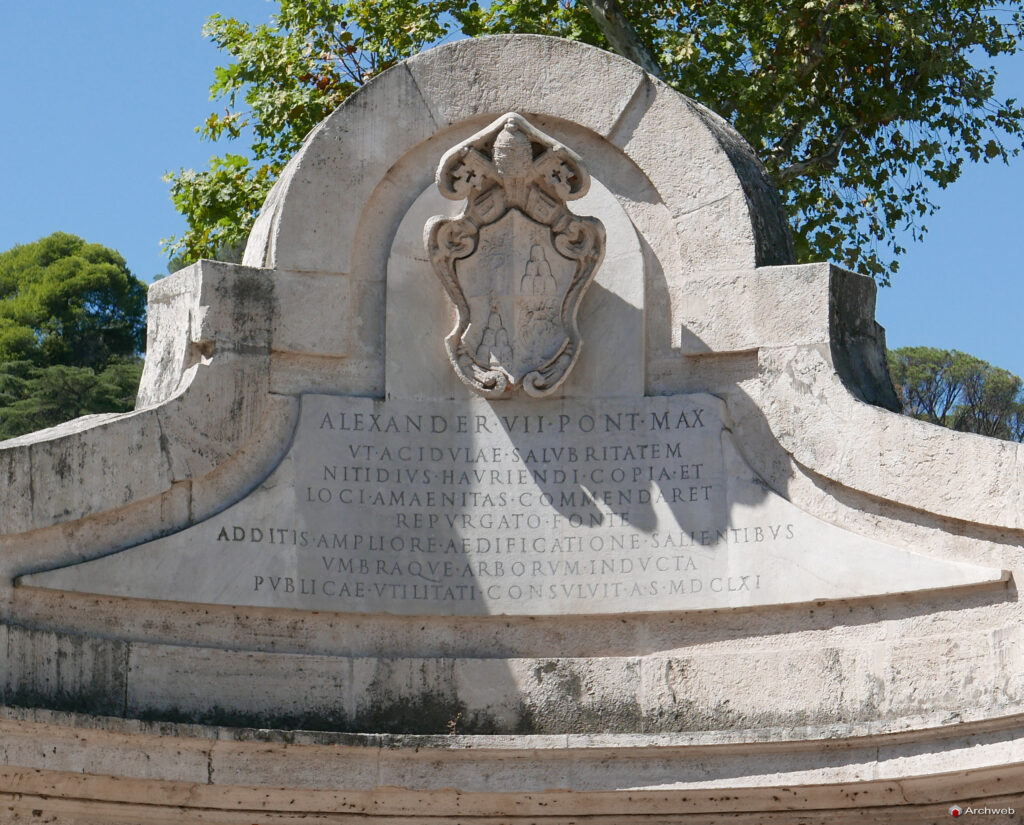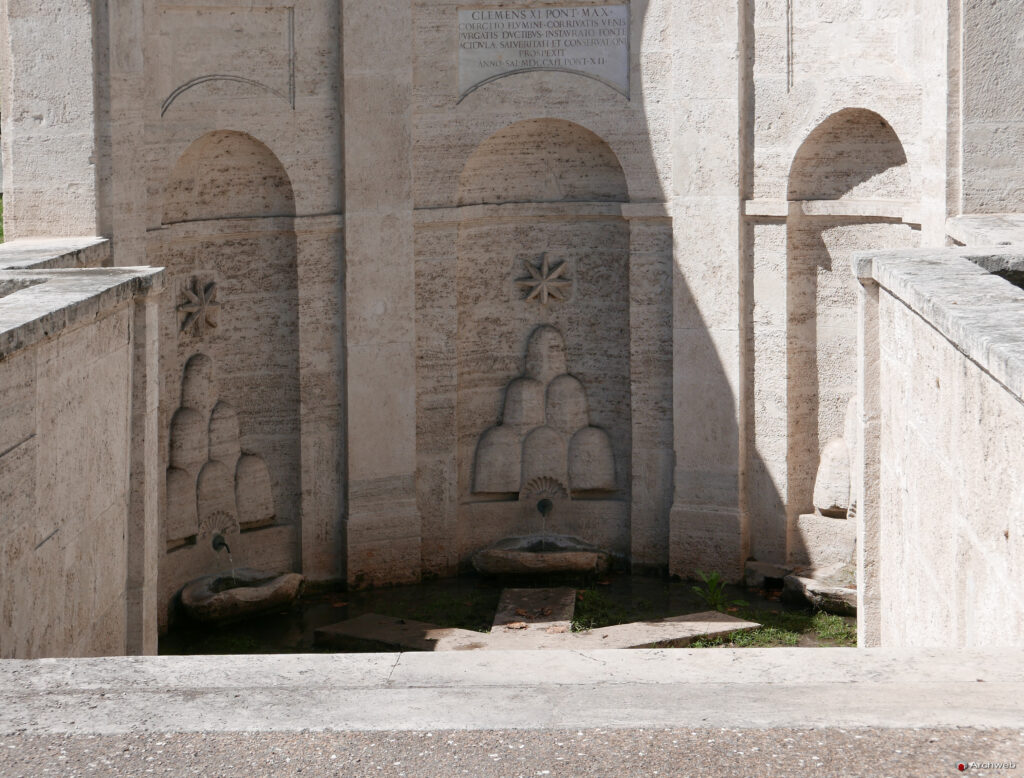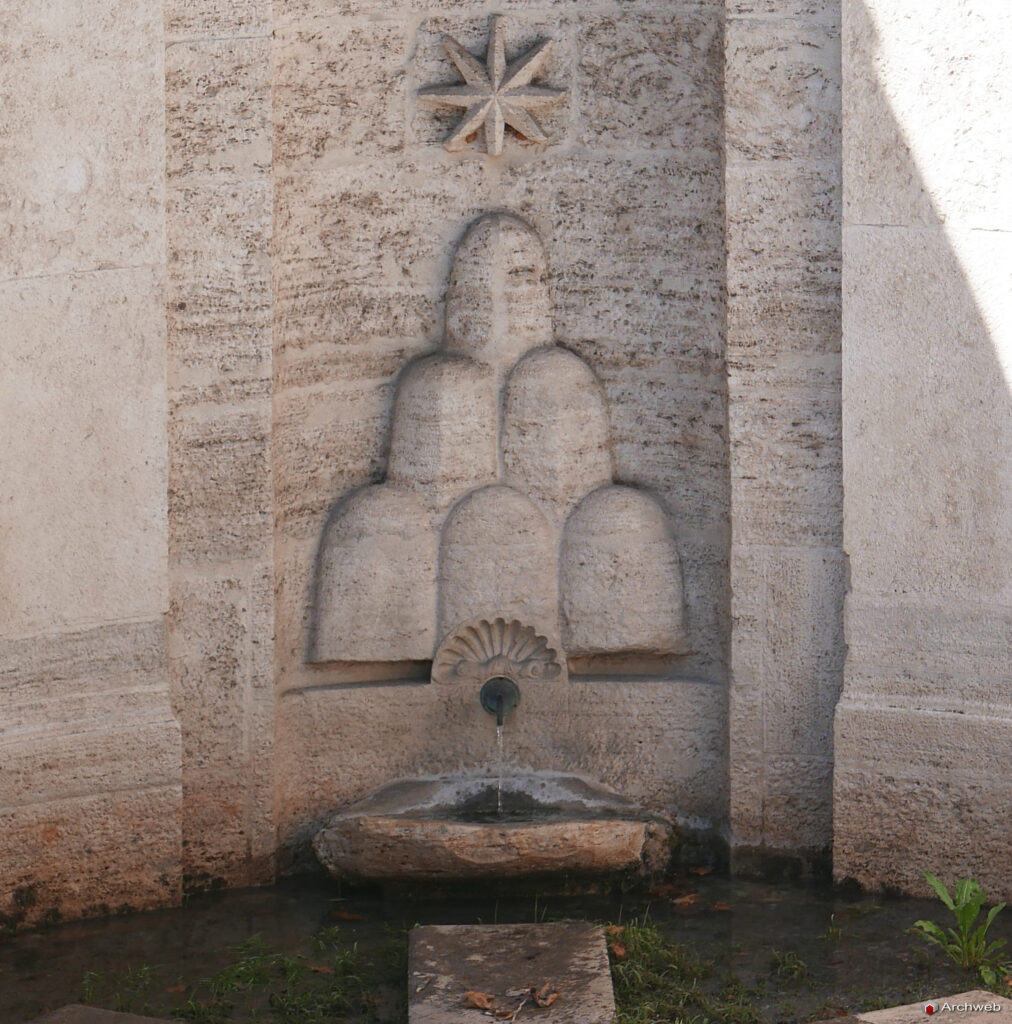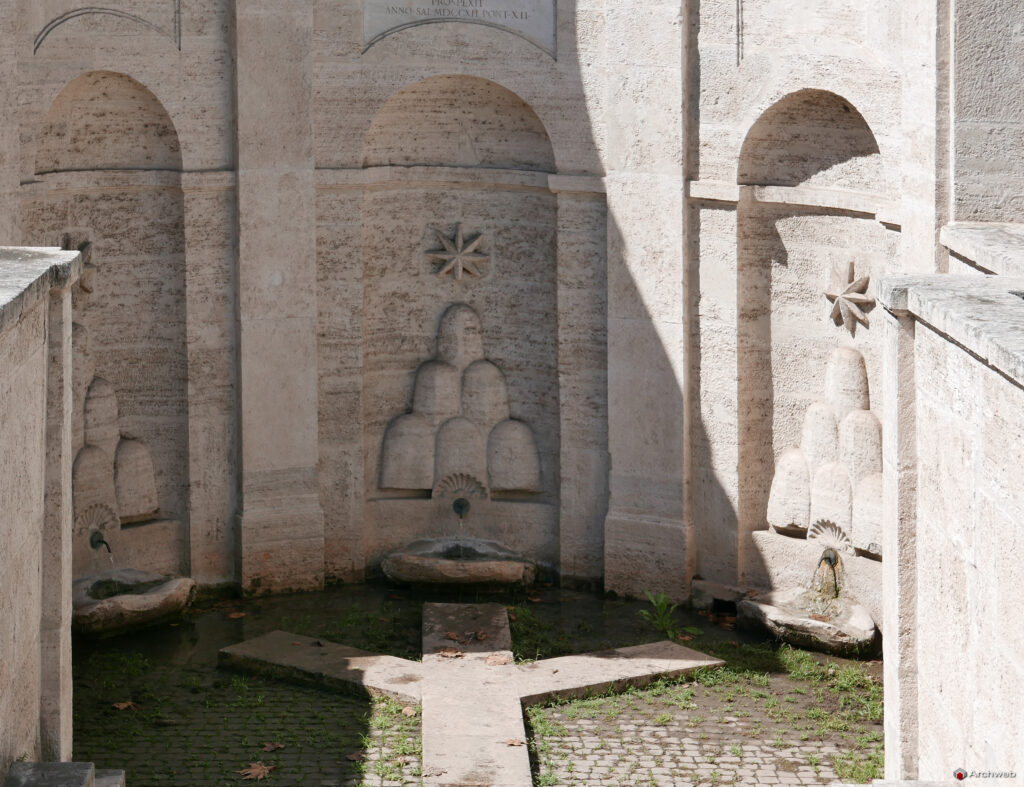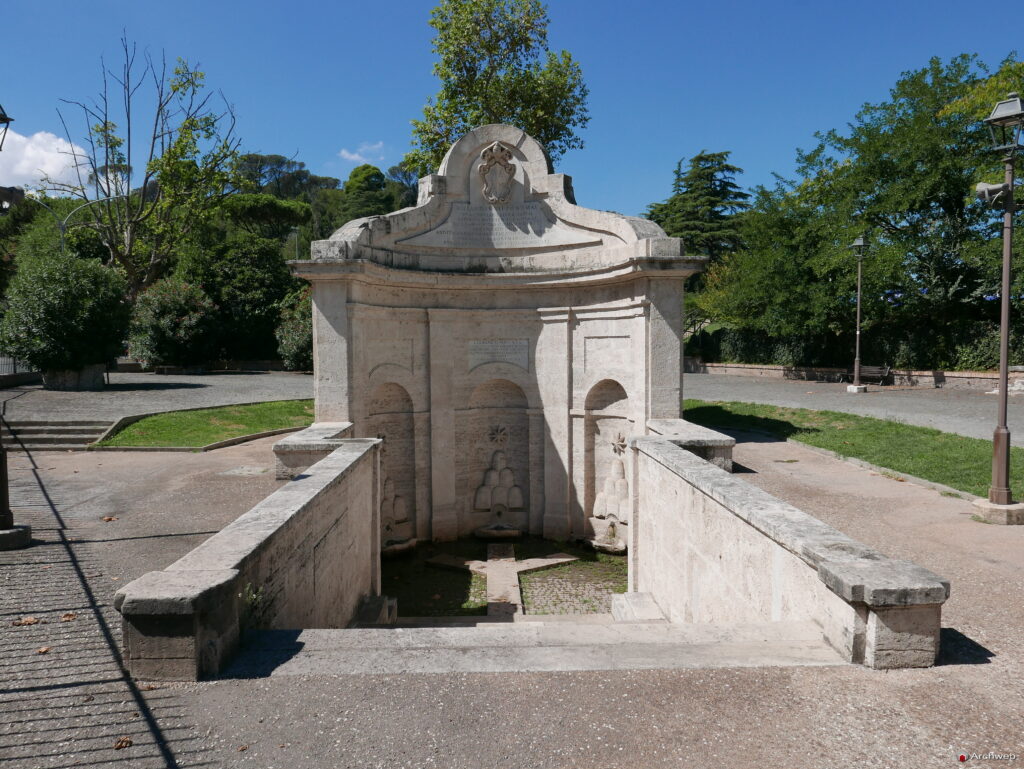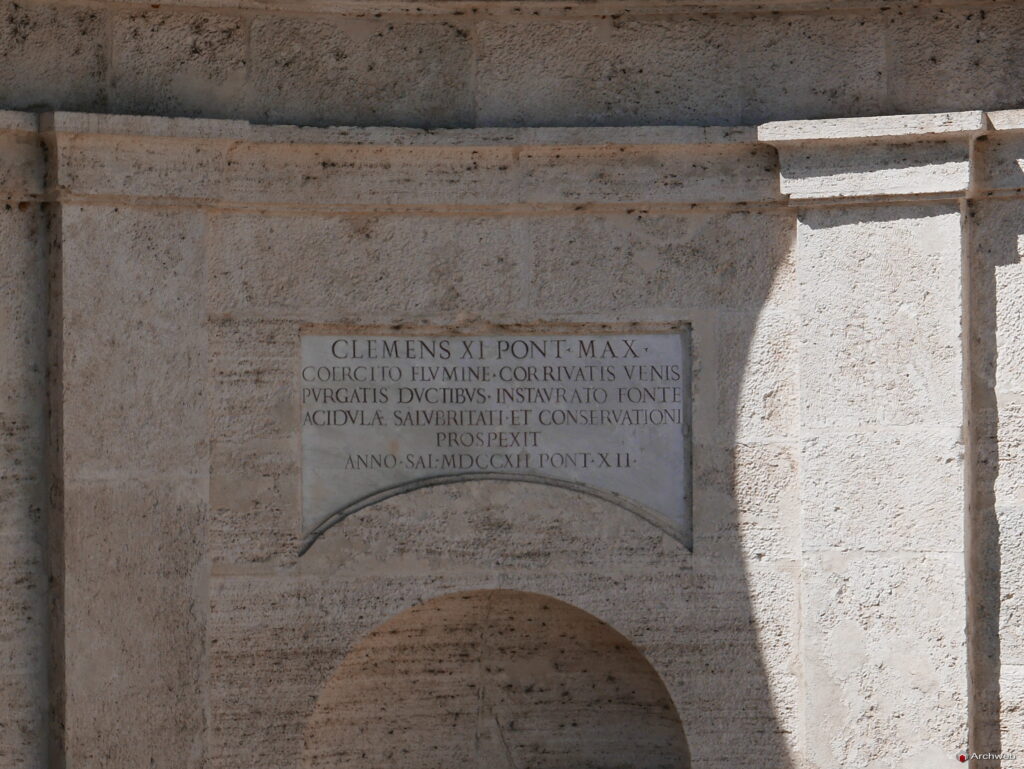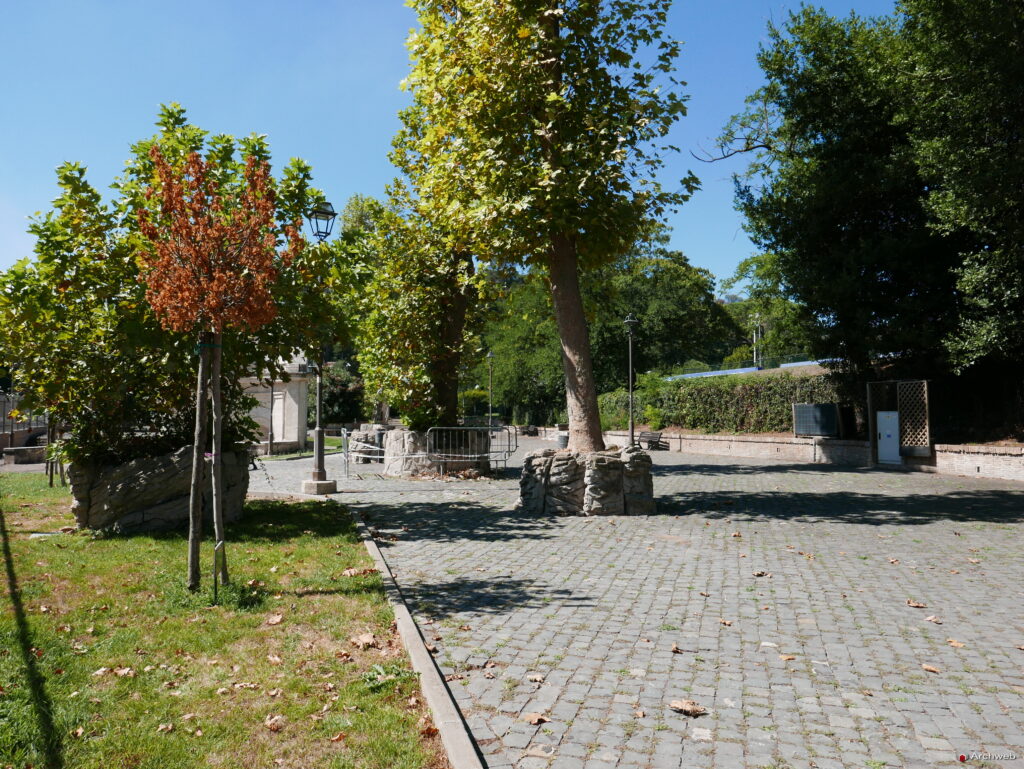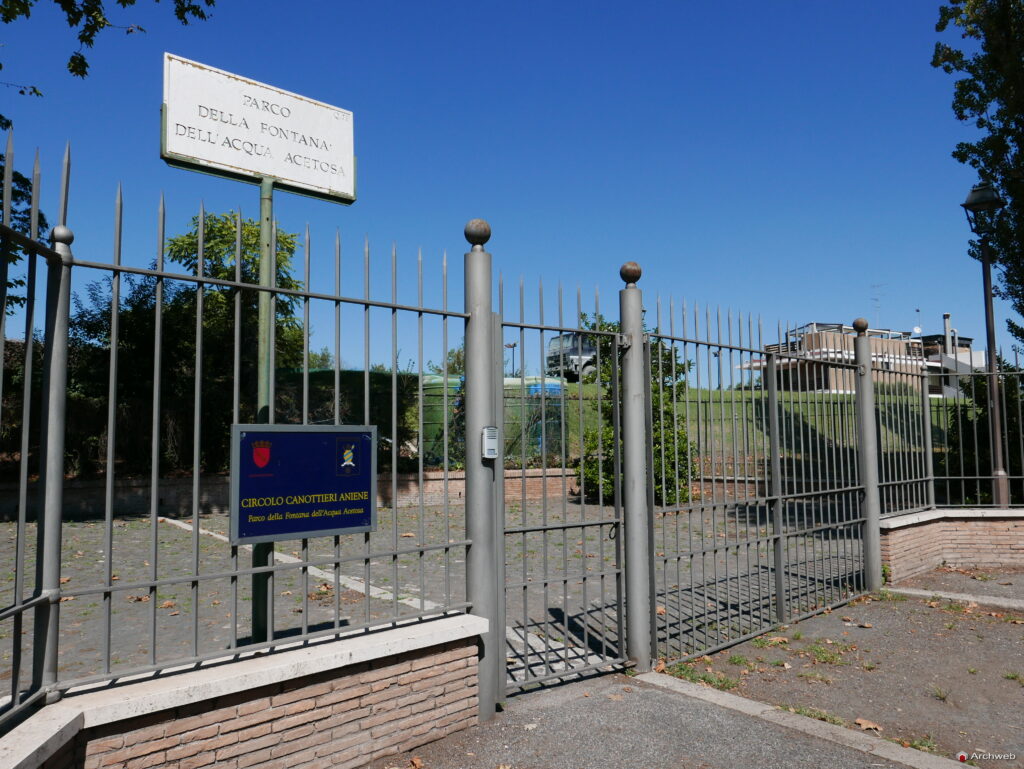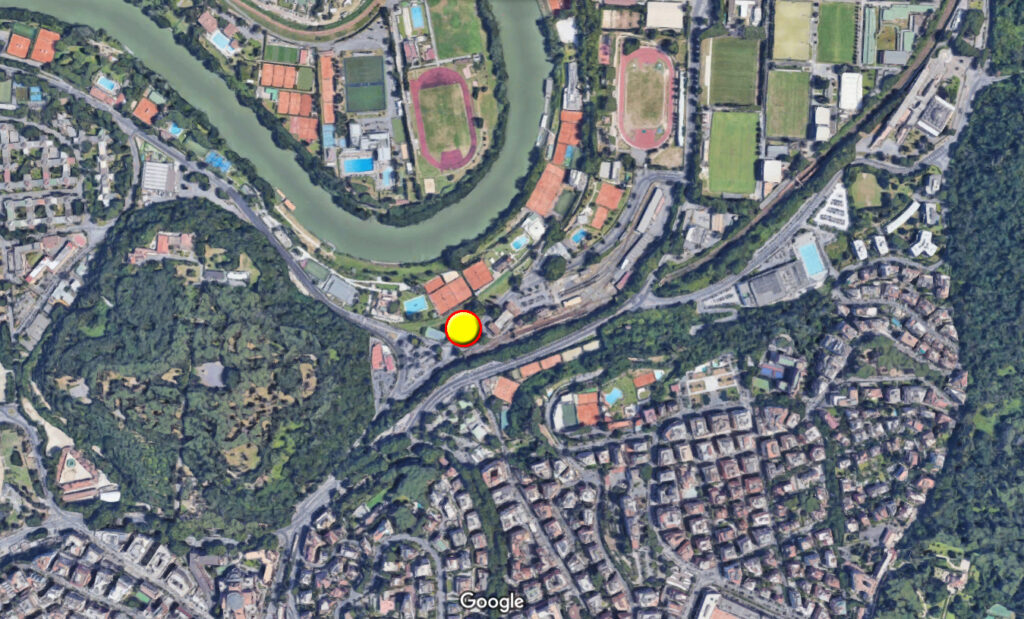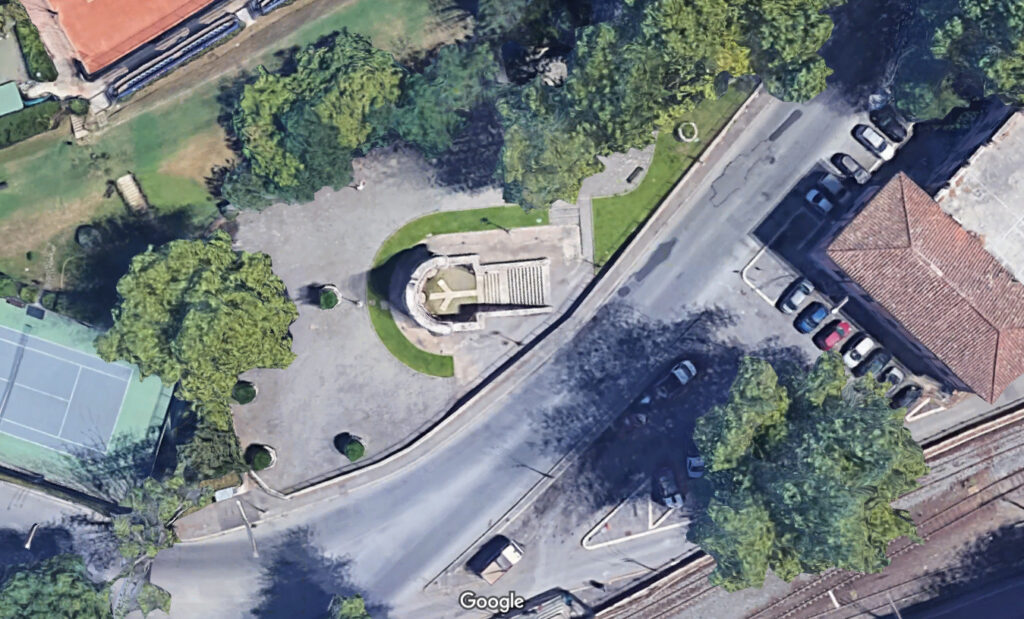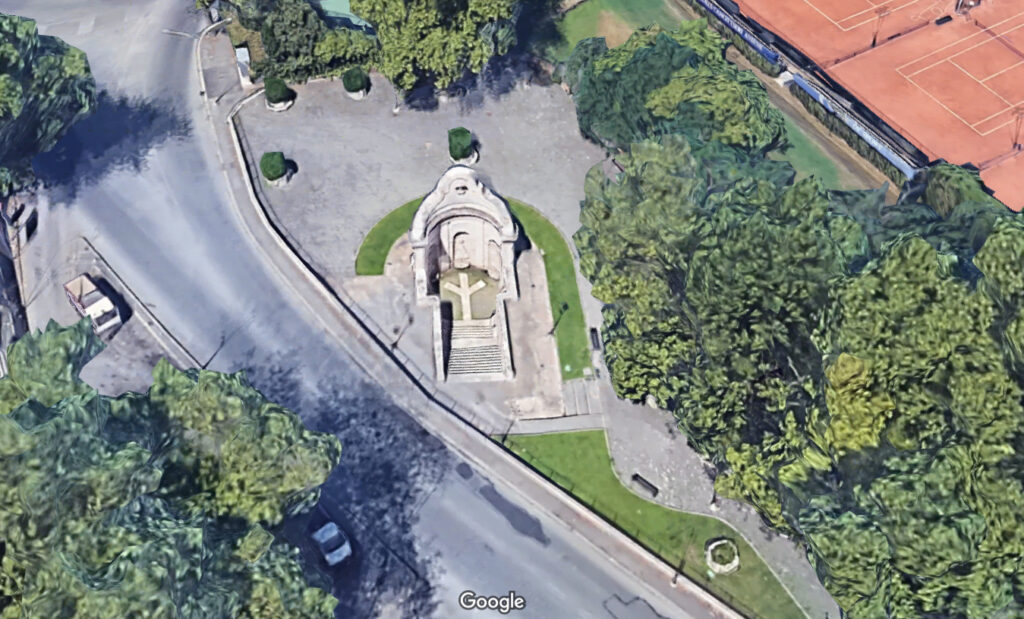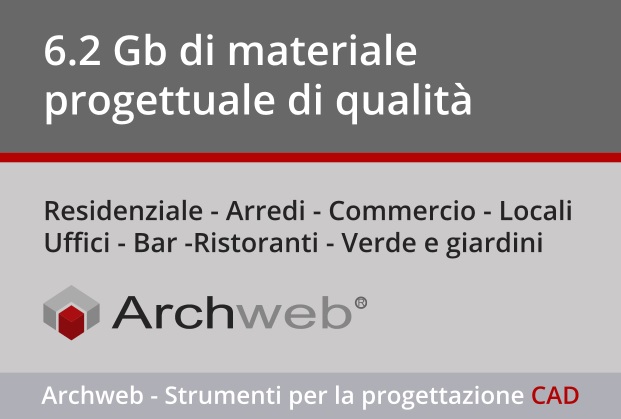Acqua Acetosa fountain
is a fountain in Rome, Italy, located in the flat area of the same name
The Acqua Acetosa fountain is a fountain in Rome, Italy, located in the flat area of the same name, in the Parioli district; at this point the Tiber River forms a deep bend before heading north again. The actual fountain is located lower than the street level, and therefore is accessed via a staircase. In 2003 the Fondo per l'Ambiente Italiano, following a popular census, deemed it the monument to which Italians are most fond of.
The name derives from the ferruginous water source, known to the Romans of the sixteenth century as sorrel water (not to be confused with the more famous one in the Fonte Ostiense area), which flowed here. In 1613 Pope Paul V had it analyzed, and it turned out that it was not only drinkable, but also curative for diseases of the kidneys, stomach, spleen and liver, so much so that someone collected it in bottles to sell in the city.
The water was particularly appreciated by Pope Paul V, who had a fountain built by the architect Giovanni Vasanzio in 1619, as the plaque on one of the lower walls still remembers; at the time the source was a simple wall from which water flowed. The same was restored by Innocenzo X. Pope Alexander VII commissioned the present fountain. At the top there is a tympanum which houses the papal coat of arms and a plaque.
The fountain has a staircase leading down, where there is an exedra-shaped façade. Three niches are excavated in the façade, in each of which the Chigi coat of arms - six mountains dominated by an eight-pointed star - is located above a small basin fed by a cinnamon. The attribution to Gianlorenzo Bernini is probably false: it is in fact assumed that the projects are by Andrea Sacchi or by the architect Marco Antonio De 'Rossi
Read more on Wikipedia ... >>
Acqua Acetosa fountain
Author
Category Fountains of Rome































































